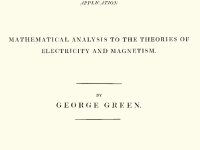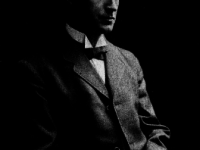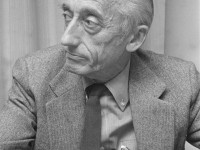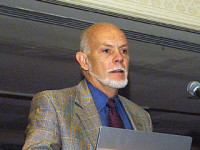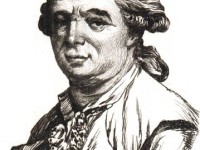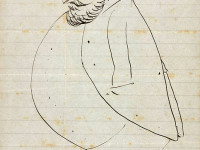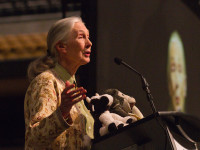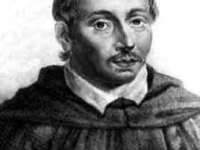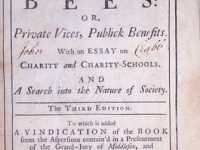Mark Weiser and his vision of Ubiquituous Computing
On July 23, 1952, computer scientist Mark David Weiser was born. Weiser was chief scientist at Xerox PARC in the United States and is widely considered to be the father of ubiquitous computing, a term he coined in 1988. In contrast to desktop computing, ubiquitous computing can occur using any device, in any location, and in any format. A user interacts with the computer, which can exist in many different forms, including laptop computers,…
Read more












